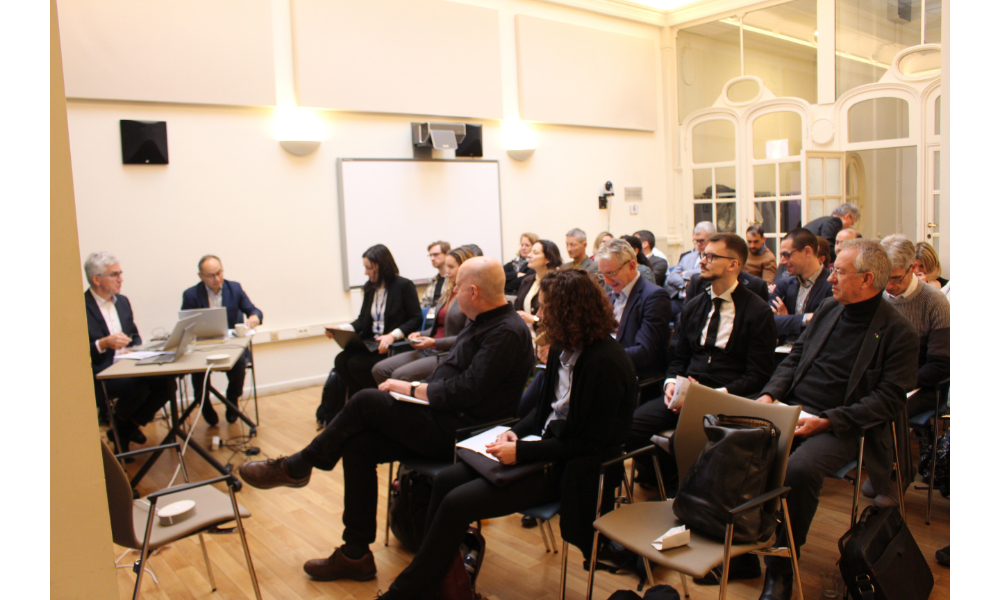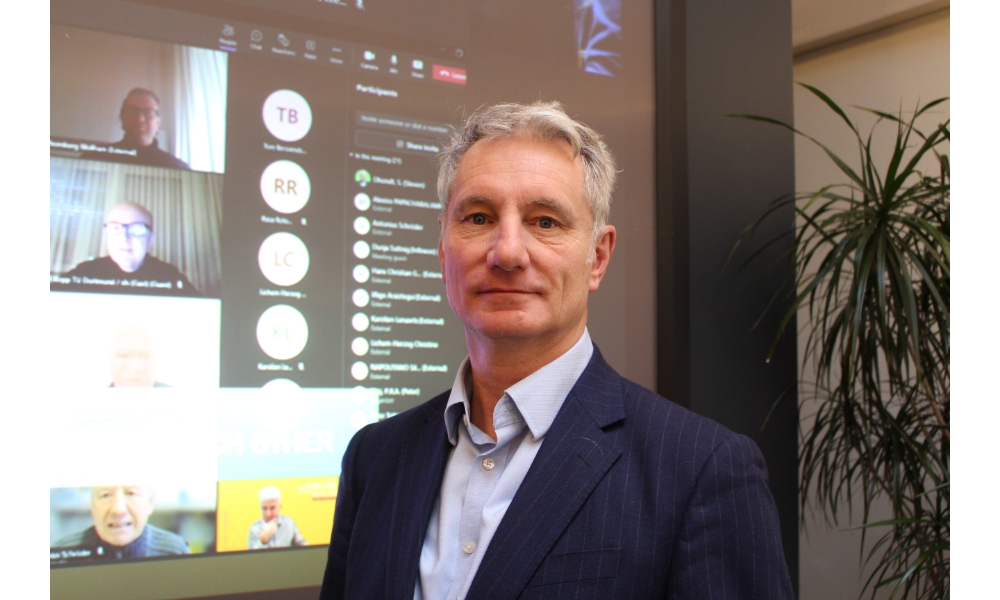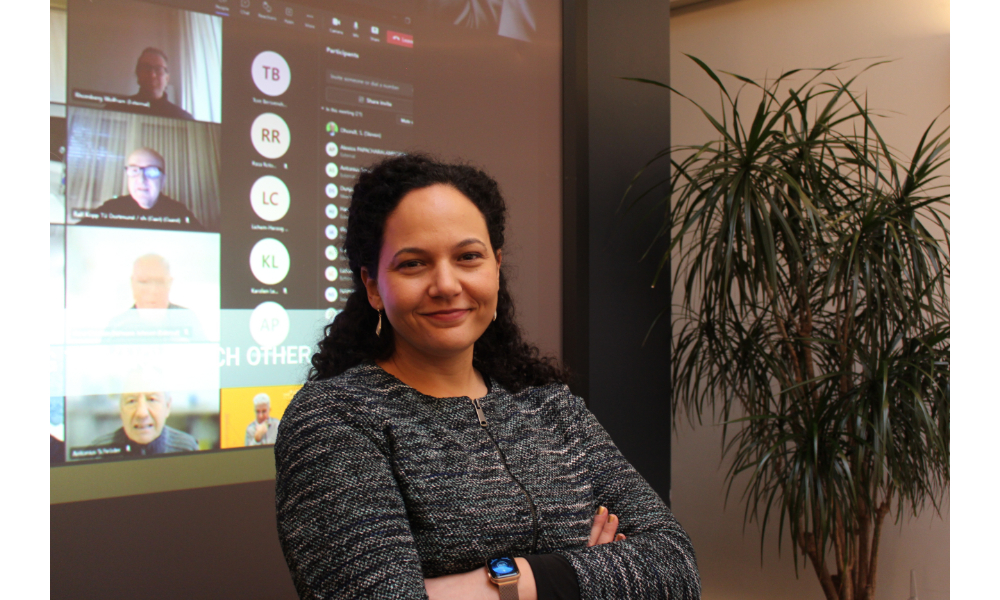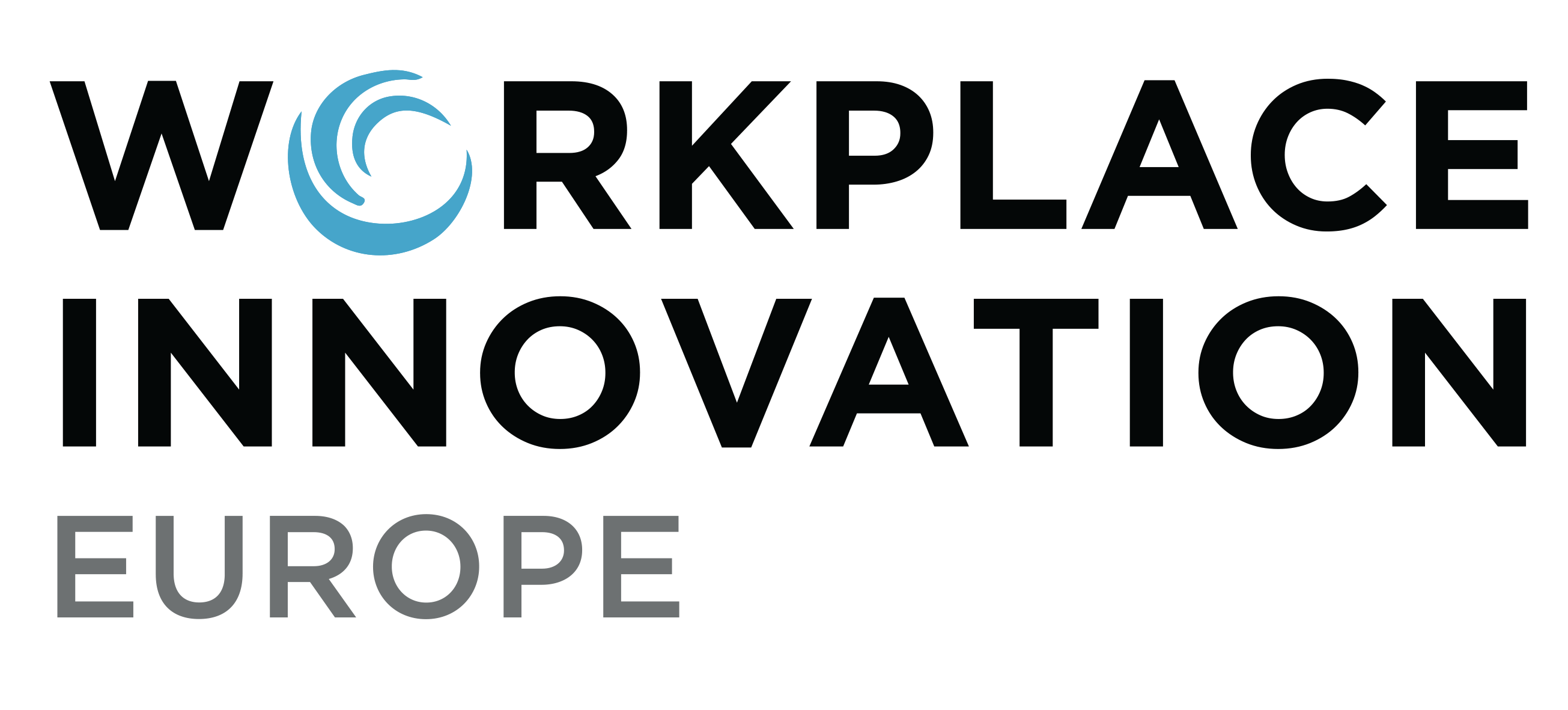Project Partners.
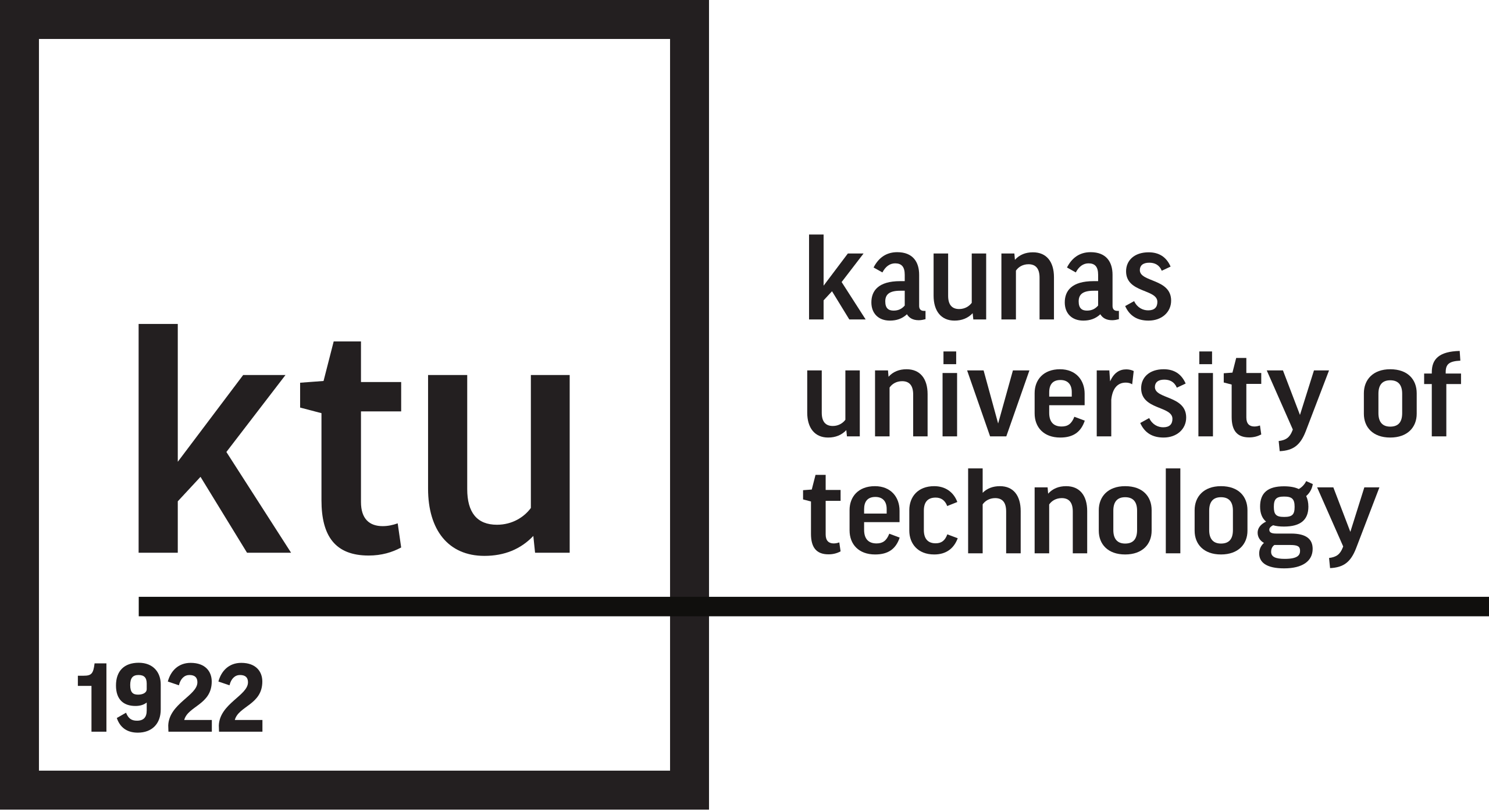
Kaunas University of Technology
Lithuania
Research Center for Digital Transformation is a research department at the School of Economics and Business, Kaunas University of Technology, Lithuania. [Read more]
Kaunas University of Technology
Research Center for Digital Transformation is a research department at the School of Economics and Business, Kaunas University of Technology, Lithuania.
The Center aims to shed light on the ubiquitous digital transformation’s antecedents, processes, and outcomes to mobilize managerial and policy efforts to shape the transformative potential of technological innovations toward a more sustainable future.
Mantas Vilkas is a researcher in Operations and Technology Management. His current research focuses on the interaction of technology and organization, with a particular focus on digital transformation.
Andrius Grybauskas is an Economics and Artificial Intelligence researcher. His current research focuses on economic and industrial change using large data models.
Morteza Ghobakhloo is an Operations management researcher. His current research focuses on the interplay between digital and sustainable technologies and the emergence of Industry 5.0.
Mantas, Andrius, and Morteza contribute to Bridges 5.0 project WP2 aimed to quantitatively assesses the nature of job transformations in the context of the ongoing Industrial Revolution. Andrius also contributes to WP3, which aims to web-scape and process job vacancy data.
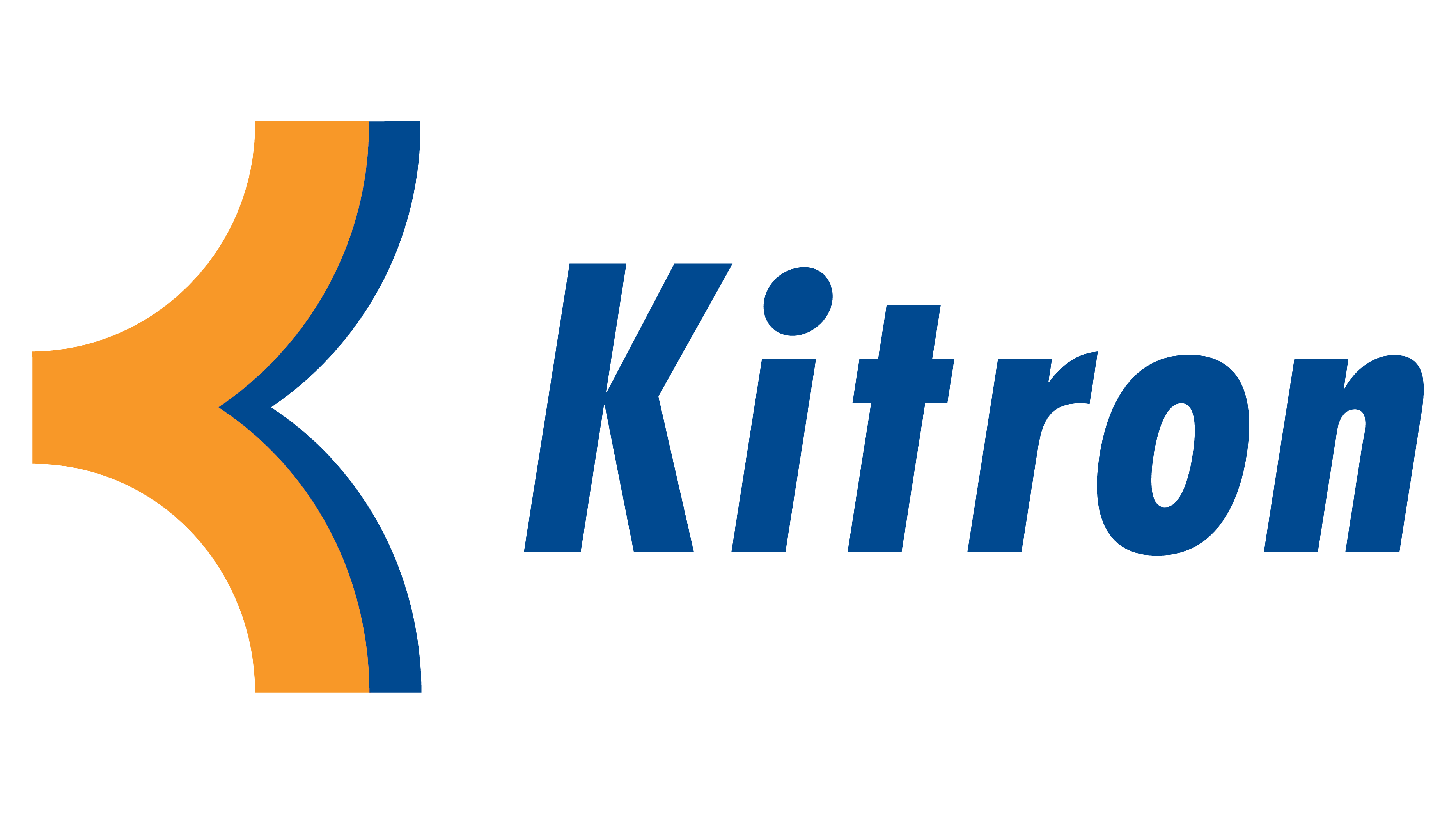
Kitron UAB
Norway
Kitron is a leading Scandinavian Electronics Manufacturing Services (EMS) company, delivering improved flexibility, cost efficiency, and innovation power through the value chain. [Read more]
Kitron UAB
Kitron is a leading Scandinavian Electronics Manufacturing Services (EMS) company, delivering improved flexibility, cost efficiency, and innovation power through the value chain. Kitron specializes in complex products and manufacturing processes. The company also has a high level of specialist expertise in the fields of technology and industrialization.
Kitron provides services within the entire value chain of electronics production, ranging from development and design, industrialization and manufacturing to service/repair and product upgrades.
The company has operations in Norway, Sweden, Denmark, Lithuania, Germany, Poland, the Czech Republic, India, China, and the United States.
Kitron participates in Bridges 5.0 in order to improve training process within the company and share experience with peers.
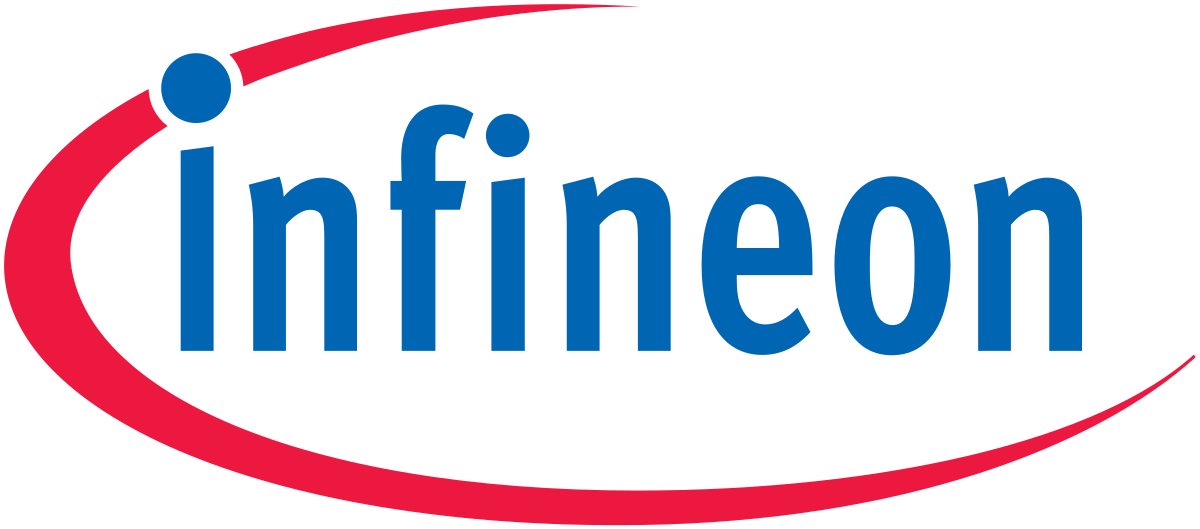
Infineon Technologies Austria AG (IFAT)
Austria
Infineon designs, develops, manufactures and markets a broad range of semiconductors and system solutions. [Read more]
Infineon Technologies Austria AG (IFAT)
Infineon designs, develops, manufactures and markets a broad range of semiconductors and system solutions. The focus of its activities is on automotive and industrial electronics, communication and information technologies, IoT, sensor technology and security. The product range comprises standard components, software, customer-specific solutions for devices and systems, as well as specific components for digital, analog, and mixed-signal applications.
Infineon Technologies Austria AG (IFAT) is one of the strongest research companies in Austria and pools competencies for research and development, production as well as global business responsibility.
IFAT is bringing its perspective on Industry 5.0 concept, using its strong professional network to build strong alliances and contributing to Industry 5.0 platform as well as hosting one of the Learning&Teaching factories pilots.

The Institute for Employment Research (IER)
United Kingdom
The Institute for Employment Research (IER) is a research only department at the University of Warwick in the UK. [Read more]
The Institute for Employment Research (IER)
Professor Chris Warhurst is the Institute’s Director. He works across a number of Bridges 5.0 work packages but focusing mainly on WP1, conceptualising Industry 5.0. Dr Jeisson Cardenas Rubio of IER leads WP3, which analyses web-scraped job vacancy data. They are joined in the Warwick team by Peter Dickinson and Ben Silverstone, with Peter also working across a number of work packages and Ben mainly focused on WP7, building stakeholder alliances around Industry 50.

The University of Bari Aldo Moro (UNIBA)
Italy
The University of Bari Aldo Moro (UNIBA), founded in October 1924, counts more than 50.000 students. It is one of the largest Universities in Italy and the second in the South of Italy. [Read more]
The University of Bari Aldo Moro (UNIBA)
The University of Bari Aldo Moro (UNIBA), founded in October 1924, counts more than 50.000 students. It is one of the largest Universities in Italy and the second in the South of Italy.
UNIBA is involved in numerous national and international projects, cooperation programs and other EU-funded projects, thanks to a long tradition of studies, the use of advanced technologies and a multidisciplinary approach to research.
UNIBA is part of the European networks Eurodesk and Europe Direct. The Department of Political Science of UNIBA involved in the Bridges5.0 project carries out interdisciplinary research and innovative projects to study social phenomena and promote evidenced-based recommendations for social policies.
In the Bridges5.0 project, UNIBA team will contribute to the quantitative assessment of skills and jobs (WP2) by applying both firm and regional level analyses and will also conduct qualitative research on trends, drivers and signals of technological implementation (WP4-Task 1).
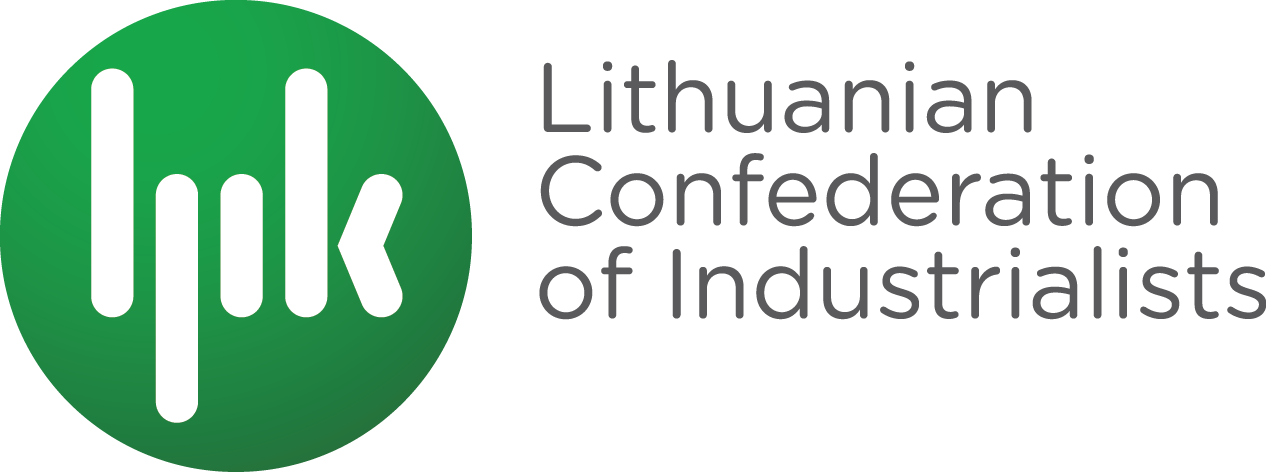
The Lithuanian Confederation of Industrialists (LPK/LCI)
Lithuania
The Lithuanian Confederation of Industrialists (LPK/LCI) (www.lpk.lt/en/) is a major independent business association and a leading business voice in Lithuania. [Read more]
The Lithuanian Confederation of Industrialists (LPK/LCI)
The Lithuanian Confederation of Industrialists (LPK/LCI) (www.lpk.lt/en/) is a major independent business association and a leading business voice in Lithuania uniting 53 branch and 7 regional associations which comprise over 4000 medium and large enterprises from various private and public sectors. Members include most Lithuanian manufacturing industry and service companies, also banks, trading enterprises, foreign investors, research institutes and educational establishments. The Confederation works around the issues that most influence business performance and takes a national lead of dual transformation (green and digital) processes of the Lithuanian industry. It co-coordinates the National Platform of the Industry 4.0 and one of 3 European Digital Innovation Hubs in Lithuania EDIH4IAE.LT (with particular focus on manufacturing, agrifood and energy sectors).
As part of the BRIDGES 5.0 project, the Confederation of Lithuanian Industrialists:
- will analyse the need for future competences and skills and new company practices in relation to Industry4.0 revolution and dual industry transformations (including the emerging of new green and digital jobs), also identify emerging gaps for the successful implementation of the Industry5.0 requirements; comparing European countries and Lithuania;
- together with 2 large international companies operating in Lithuania, will implement an experiment – to develop and test a new way of formation and improvement of qualifications and skills of the “green” and digital Industry5.0, which will be then offered on a European scale as one of the Teaching and Learning Factory implementation strategies;
- will contribute to the preparation of European guidelines (blueprints) for national Industry 5.0 learning trajectories and training pathways, using the enriched Teaching and Learning Factories’ concepts;
- together with the project partners, will prepare general content outlines of future competences and skills trainings;
- as one of the coordinating parties of the national Industry4.0 platform in Lithuania, the LCI will network with the appropriate national and European level stakeholders throughout the whole project implementation period; the results of the project will be immediately communicated and integrated into the activities and strategic documents of the national Industry4.0 platform (especially on the topic of human resources planning and formation);
- will make strategy proposals and coordinate the integration of the Lithuanian Industry4.0 platform into the European Industry5.0 platform. This platform will facilitate social innovation in the learning field and provide various stakeholders and four target groups (i.e. managers, employees, job seekers and students) with recommendations and instruments for new learning and training systems.

FH JOANNEUM
Austria
FH JOANNEUM, is one of the biggest Universities of Applied Sciences in Austria. The activities are geared to current international social and technological challenges as well as the needs of the economy. [Read more]
FH JOANNEUM
FH JOANNEUM, is one of the biggest Universities of Applied Sciences in Austria. The activities are geared to current international social and technological challenges as well as the needs of the economy.
Within BRIDGES 5.0, FH JOANNEUM is represented by the research group ‘Future of Work’, part of the Institute Industrial Management. Sabrina R. Sorko and her team are focusing on the human perspective (employees and management) in industrial companies. Thus, research areas are Industry 5.0 and linked topics such as change management and competence orientation.
Main tasks within BRIDGES 5.0 are knowledge transfer and the transformation of an I4.0 production environment to an I5.0 factory. The latter is implemented in the 600m² Smart Production Lab.

TNO: Innovation for life
The Netherlands
TNO is one of the major Research and Technology Organisations in Europe (www.tno.nl). It operates as an independent research organisation of 4000 researchers and innovators. [Read more]
TNO
TNO is one of the major Research and Technology Organisations in Europe (www.tno.nl). It operates as an independent research organisation of 4000 researchers and innovators. TNO’s mission is to generate innovative solutions with demonstrable impact to achieve a safe, healthy, sustainable, and digital society and boost the earning power of the Netherlands. This is achieved by performing two core tasks.
The first is to support the Dutch government in carrying out statutory government tasks in the public interest.
TNO’s second core task is to strengthen the earning power of the Dutch economy and increase employment. Participation in Horizon Europe projects is part of this task. TNO is the main co-ordinator of the Horizon Europe project. Peter Oeij leads the work in work package 1 (WP1), defining the concept of workplace skills in the context of Industry 5.0. Steven Dhondt is the overall project manager, leading WP9 and WP10. Other colleagues play parts in all main work packages.
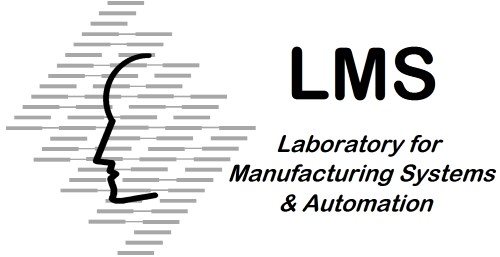
LMS
Greece
Laboratory for Manufacturing Systems & Automation Department of Mechanical Engineering and Aeronautics, University of Patras, is focused on research and development in cutting edge scientific and technological fields.[Read more]
LMS
LMS (http://lms.mech.upatras.gr/) is focused on research and development in cutting edge scientific and technological fields. LMS is involved in a number of research projects funded by the CEU and European industrial partners. Particular emphasis is given to the co-operation with the European industry as well as with a number of “hi-tech” firms.
LMS was founded by George Chryssolouris. It is organized in different groups with a number of key personnel involved:
- Manufacturing Systems
- Robots, Automation and Virtual Reality in Manufacturing
- Manufacturing Processes Modelling and Energy Efficiency
- Software Development for Manufacturing

The Austrian Institute of Technology
Austria
The AIT Austrian Institute of Technology is Austria’s largest non-university research institute. Among the European research institutes it is a specialist in the key infrastructure issues of the future.[Read more]
AIT
The AIT Austrian Institute of Technology is Austria’s largest non-university research institute. Among the European research institutes it is a specialist in the key infrastructure issues of the future.
The Center for Innovation Systems & Policy deals with investigating and analysing technological developments and its impact on economy and society. It is one of the top research institutes for foresight, governance analytics and policy advice worldwide.
Within BRIDGES 5.0. AIT engages in statistical analyses based on data of the European Manufacturing Survey (EMS), web scraping data on job vacancies, forecasting and scenario-building of the future of Industry 5.0 jobs, as well as developing building blocks for policy and practical recommendations.
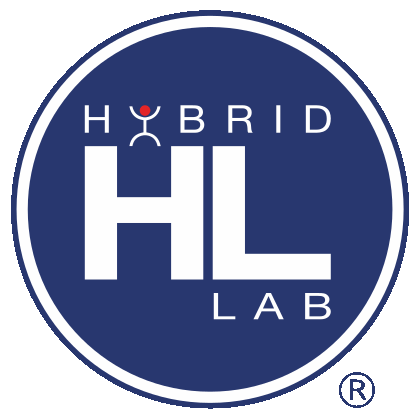
The Crisis Research Centre (CRC)
Lithuania
The Crisis Research Centre (CRC) in Lithuania is a renowned leader in medical training, holding over two decades of experience.[Read more]
HybridLab

The Cnam
France
The Cnam (Conservatoire National des Arts et Métiers is associated to the Bridges 5.0 project through two research centres: The Centre for Work and Employment Studies (CEET) and the Laboratory for History of Techno-Sciences in Society (HT2S). [Read more]
cnam
The Cnam (Conservatoire National des Arts et Métiers) is associated to the Bridges 5.0 project through two research centres : The Centre for Work and Employment Studies (CEET), which is the scientific and administrative coordinator of the French team and the Laboratory for History of Techno-Sciences in Society (HT2S).
The CEET is a transversal program of the CNAM aimed at developing multidisciplinary research on work and employment from an academic perspective and in response to social demand. It contributes to the advance of data infrastructures on inclusive growth in relation with official statistics, both nationally and internationally.
The HT2S Laboratory conducts interdisciplinary studies on the field of science and technology. It combines socio-historical perspectives with a science and technology studies approach to analyse innovation since the industrial era, from its conception to its public debate.
The CEET and HT2S teams are involved as workpackage or task leaders and contribute to WPs 1, 2, 3 and 4.
For Cnam-CEET, Professor Nathalie Greenan is an economist and the scientific leader of the team. Silvia Napolitano, researcher in economics leads WP2, dedicated to the quantitative assessment of Skills and Jobs. Sylvie Hamon-Cholet, research engineer, is project manager. They also contribute to the analysis of web scraped data (WP3) and to metric development (WP4).
Jean Claude Ruano Borbolan, historian and director of the laboratory HT2S laboratory, and post-doctoral fellow, sociologist and historian, are in charge of the historical analysis of VET systems for “innovation” in WP1.
Workplace Innovation Europe
Ireland
Our team has been at the heart of the workplace innovation movement in Europe since the early 1990s.[Read more]
Workplace Innovation Europe
Our team has been at the heart of the workplace innovation movement in Europe since the early 1990s.
We created Workplace Innovation Europe as a not-for-profit organisation specifically to promote and develop workplace innovation.
Our advice, coaching and hands-on support has helped many companies, public sector organisations and NGOs across Europe to improve performance, enhance capacity for innovation and create better jobs for their people.
We have also helped shape and deliver policies and programmes for the European Commission, governments, business support agencies and employers’ organisations in many countries.
Our approach combines hard, evidence-based argument with the ability to stimulate and engage senior leaders, managers and front-line employees. We work with leading international universities and research institutes to capture and analyse leading practice, and to translate it into practical tools and learning resources.

University of Agder
Norway
Department of working life and innovation at University of Agder in the southern region of Norway, is partner in Bridges 5.0.[Read more]
University of Agder
Department of working life and innovation at University of Agder in the southern region of Norway, is partner in Bridges 5.0.
The department has a long history in work life and innovation studies, linking its activity to the development of the so-called Norwegian model of tripartite development in work life.
Professor Hans Chr, Garmann Johnsen leads a group of professors and scholars that are engaged in different work packages in Bridges 5.0. The group does both econometric analysis of work life development (WP2) as well as qualitative processes related to workplace development (WP5). The research group has a particular focus on regional processes and collaborate both with businesses and a business cluster, the Eyde Cluster, in Bridges 5.0.

Industry 4.0
Austria
The Cnam (Conservatoire National des Arts et Métiers) is associated to the Bridges 5.0 project through two research centres : The Centre for Work and Employment Studies (CEET), which is the scientific and administrative coordinator of the French team and the Laboratory for History of Techno-Sciences in Society (HT2S).
The CEET is a transversal program of the CNAM aimed at developing multidisciplinary research on work and employment from an academic perspective and in response to social demand. It contributes to the advance of data infrastructures on inclusive growth in relation with official statistics, both nationally and internationally.
The HT2S Laboratory conducts interdisciplinary studies on the field of science and technology. It combines socio-historical perspectives with a science and technology studies approach to analyse innovation since the industrial era, from its conception to its public debate.
The CEET and HT2S teams are involved as workpackage or task leaders and contribute to WPs 1, 2, 3 and 4.
For Cnam-CEET, Professor Nathalie Greenan is an economist and the scientific leader of the team. Silvia Napolitano, researcher in economics leads WP2, dedicated to the quantitative assessment of Skills and Jobs. Sylvie Hamon-Cholet, research engineer, is project manager. They also contribute to the analysis of web scraped data (WP3) and to metric development (WP4).
Jean Claude Ruano Borbolan, historian and director of the laboratory HT2S laboratory, and post-doctoral fellow, sociologist and historian, are in charge of the historical analysis of VET systems for “innovation” in WP1.

COMAU
Italy
comau
The Cnam (Conservatoire National des Arts et Métiers) is associated to the Bridges 5.0 project through two research centres : The Centre for Work and Employment Studies (CEET), which is the scientific and administrative coordinator of the French team and the Laboratory for History of Techno-Sciences in Society (HT2S).
The CEET is a transversal program of the CNAM aimed at developing multidisciplinary research on work and employment from an academic perspective and in response to social demand. It contributes to the advance of data infrastructures on inclusive growth in relation with official statistics, both nationally and internationally.
The HT2S Laboratory conducts interdisciplinary studies on the field of science and technology. It combines socio-historical perspectives with a science and technology studies approach to analyse innovation since the industrial era, from its conception to its public debate.
The CEET and HT2S teams are involved as workpackage or task leaders and contribute to WPs 1, 2, 3 and 4.
For Cnam-CEET, Professor Nathalie Greenan is an economist and the scientific leader of the team. Silvia Napolitano, researcher in economics leads WP2, dedicated to the quantitative assessment of Skills and Jobs. Sylvie Hamon-Cholet, research engineer, is project manager. They also contribute to the analysis of web scraped data (WP3) and to metric development (WP4).
Jean Claude Ruano Borbolan, historian and director of the laboratory HT2S laboratory, and post-doctoral fellow, sociologist and historian, are in charge of the historical analysis of VET systems for “innovation” in WP1.
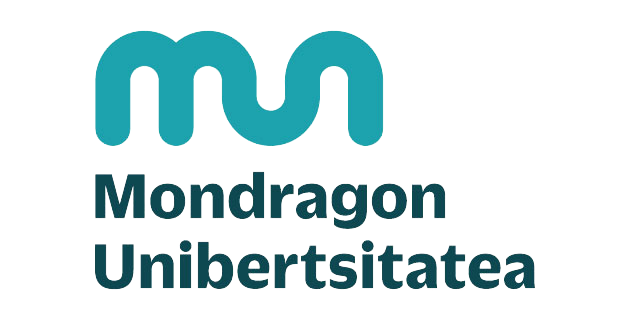
Mondragon University
Spain
comau
The Cnam (Conservatoire National des Arts et Métiers) is associated to the Bridges 5.0 project through two research centres : The Centre for Work and Employment Studies (CEET), which is the scientific and administrative coordinator of the French team and the Laboratory for History of Techno-Sciences in Society (HT2S).
The CEET is a transversal program of the CNAM aimed at developing multidisciplinary research on work and employment from an academic perspective and in response to social demand. It contributes to the advance of data infrastructures on inclusive growth in relation with official statistics, both nationally and internationally.
The HT2S Laboratory conducts interdisciplinary studies on the field of science and technology. It combines socio-historical perspectives with a science and technology studies approach to analyse innovation since the industrial era, from its conception to its public debate.
The CEET and HT2S teams are involved as workpackage or task leaders and contribute to WPs 1, 2, 3 and 4.
For Cnam-CEET, Professor Nathalie Greenan is an economist and the scientific leader of the team. Silvia Napolitano, researcher in economics leads WP2, dedicated to the quantitative assessment of Skills and Jobs. Sylvie Hamon-Cholet, research engineer, is project manager. They also contribute to the analysis of web scraped data (WP3) and to metric development (WP4).
Jean Claude Ruano Borbolan, historian and director of the laboratory HT2S laboratory, and post-doctoral fellow, sociologist and historian, are in charge of the historical analysis of VET systems for “innovation” in WP1.

Technical University Dortmund
Germany
TU Dortmund University (TUDO) is represented by its Social Research Centre (sfs) as part of the Faculty of Social Sciences.[Read more]
TUDO
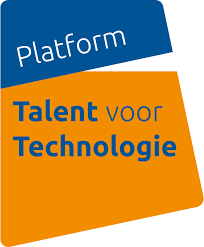
PBT
The Netherlands
comau
The Cnam (Conservatoire National des Arts et Métiers) is associated to the Bridges 5.0 project through two research centres : The Centre for Work and Employment Studies (CEET), which is the scientific and administrative coordinator of the French team and the Laboratory for History of Techno-Sciences in Society (HT2S).
The CEET is a transversal program of the CNAM aimed at developing multidisciplinary research on work and employment from an academic perspective and in response to social demand. It contributes to the advance of data infrastructures on inclusive growth in relation with official statistics, both nationally and internationally.
The HT2S Laboratory conducts interdisciplinary studies on the field of science and technology. It combines socio-historical perspectives with a science and technology studies approach to analyse innovation since the industrial era, from its conception to its public debate.
The CEET and HT2S teams are involved as workpackage or task leaders and contribute to WPs 1, 2, 3 and 4.
For Cnam-CEET, Professor Nathalie Greenan is an economist and the scientific leader of the team. Silvia Napolitano, researcher in economics leads WP2, dedicated to the quantitative assessment of Skills and Jobs. Sylvie Hamon-Cholet, research engineer, is project manager. They also contribute to the analysis of web scraped data (WP3) and to metric development (WP4).
Jean Claude Ruano Borbolan, historian and director of the laboratory HT2S laboratory, and post-doctoral fellow, sociologist and historian, are in charge of the historical analysis of VET systems for “innovation” in WP1.
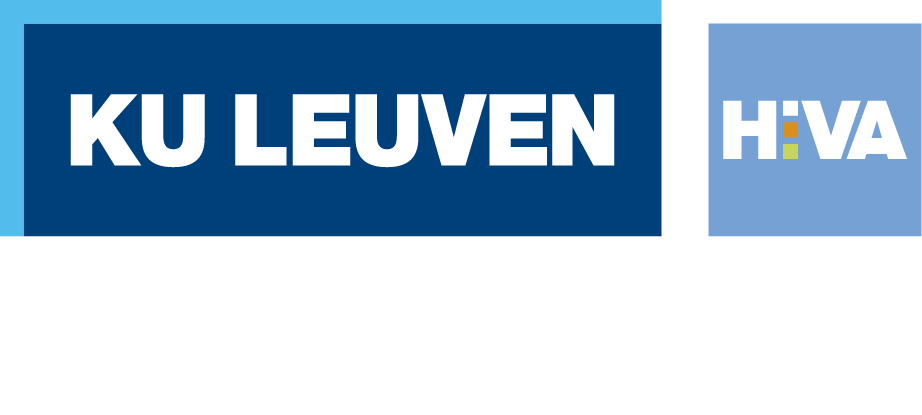
HIVA – KU Leuven
Belgium
comau
The Cnam (Conservatoire National des Arts et Métiers) is associated to the Bridges 5.0 project through two research centres : The Centre for Work and Employment Studies (CEET), which is the scientific and administrative coordinator of the French team and the Laboratory for History of Techno-Sciences in Society (HT2S).
The CEET is a transversal program of the CNAM aimed at developing multidisciplinary research on work and employment from an academic perspective and in response to social demand. It contributes to the advance of data infrastructures on inclusive growth in relation with official statistics, both nationally and internationally.
The HT2S Laboratory conducts interdisciplinary studies on the field of science and technology. It combines socio-historical perspectives with a science and technology studies approach to analyse innovation since the industrial era, from its conception to its public debate.
The CEET and HT2S teams are involved as workpackage or task leaders and contribute to WPs 1, 2, 3 and 4.
For Cnam-CEET, Professor Nathalie Greenan is an economist and the scientific leader of the team. Silvia Napolitano, researcher in economics leads WP2, dedicated to the quantitative assessment of Skills and Jobs. Sylvie Hamon-Cholet, research engineer, is project manager. They also contribute to the analysis of web scraped data (WP3) and to metric development (WP4).
Jean Claude Ruano Borbolan, historian and director of the laboratory HT2S laboratory, and post-doctoral fellow, sociologist and historian, are in charge of the historical analysis of VET systems for “innovation” in WP1.
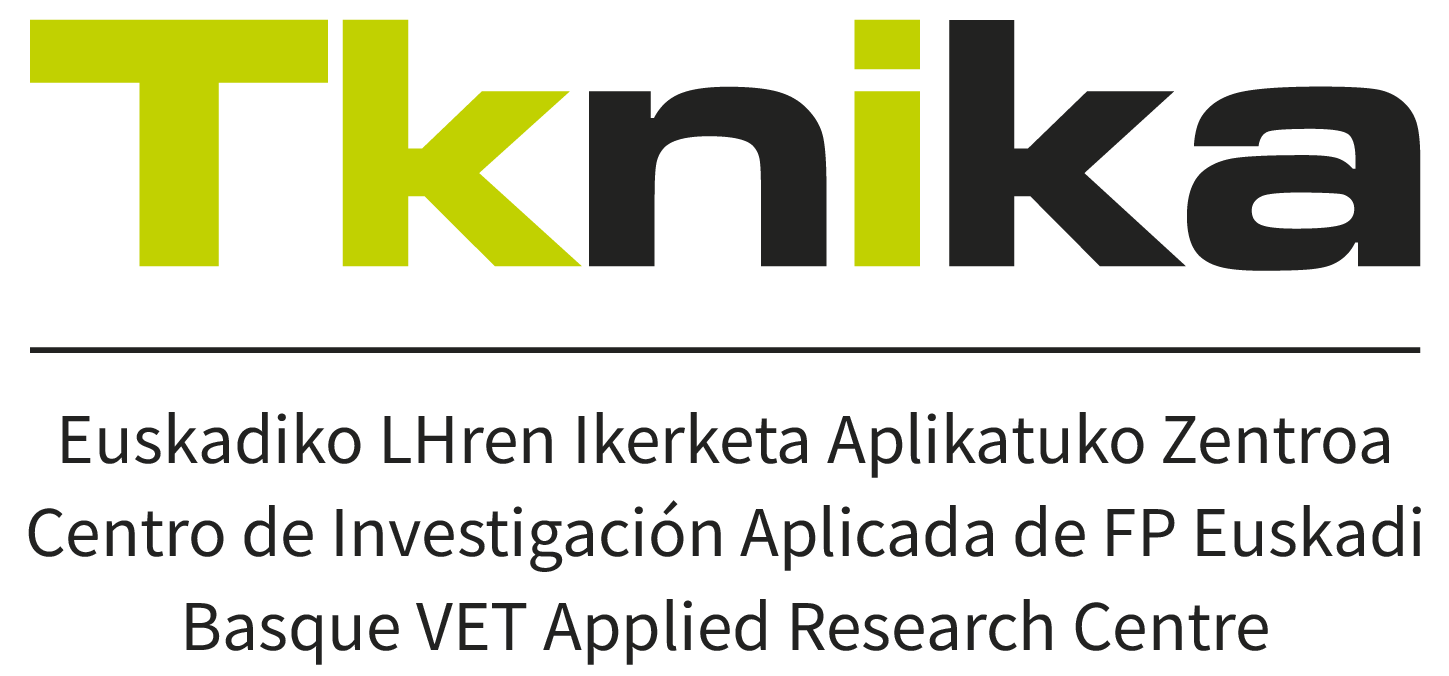
Education deparment of the Basque Gouverment
The Basque Country, Spain
comau
The Cnam (Conservatoire National des Arts et Métiers) is associated to the Bridges 5.0 project through two research centres : The Centre for Work and Employment Studies (CEET), which is the scientific and administrative coordinator of the French team and the Laboratory for History of Techno-Sciences in Society (HT2S).
The CEET is a transversal program of the CNAM aimed at developing multidisciplinary research on work and employment from an academic perspective and in response to social demand. It contributes to the advance of data infrastructures on inclusive growth in relation with official statistics, both nationally and internationally.
The HT2S Laboratory conducts interdisciplinary studies on the field of science and technology. It combines socio-historical perspectives with a science and technology studies approach to analyse innovation since the industrial era, from its conception to its public debate.
The CEET and HT2S teams are involved as workpackage or task leaders and contribute to WPs 1, 2, 3 and 4.
For Cnam-CEET, Professor Nathalie Greenan is an economist and the scientific leader of the team. Silvia Napolitano, researcher in economics leads WP2, dedicated to the quantitative assessment of Skills and Jobs. Sylvie Hamon-Cholet, research engineer, is project manager. They also contribute to the analysis of web scraped data (WP3) and to metric development (WP4).
Jean Claude Ruano Borbolan, historian and director of the laboratory HT2S laboratory, and post-doctoral fellow, sociologist and historian, are in charge of the historical analysis of VET systems for “innovation” in WP1.
Company Board.
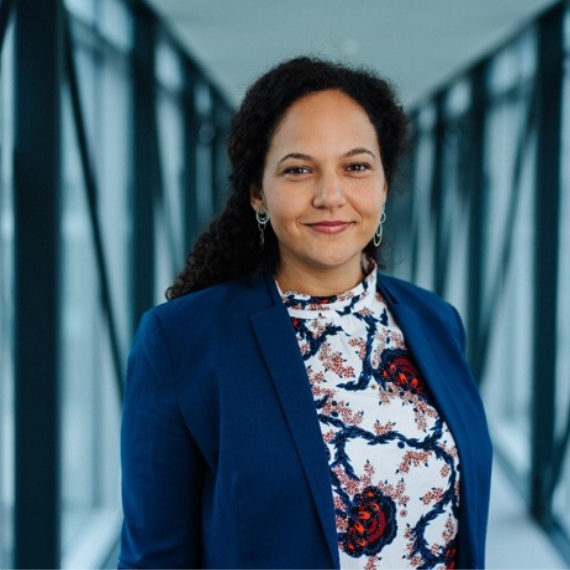
Dunja Suttnig
Infineon Technologies AG
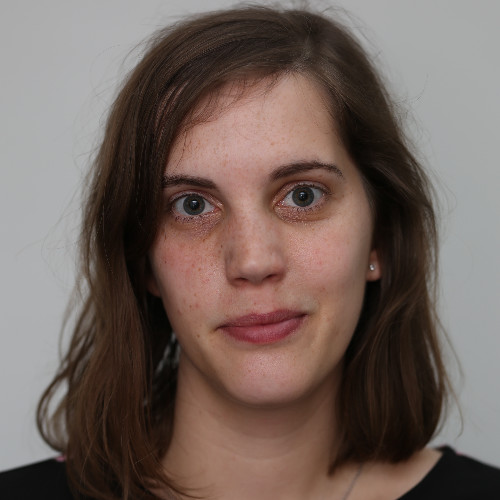
Karolien Lenaerts
KU LEUVEN HIVA
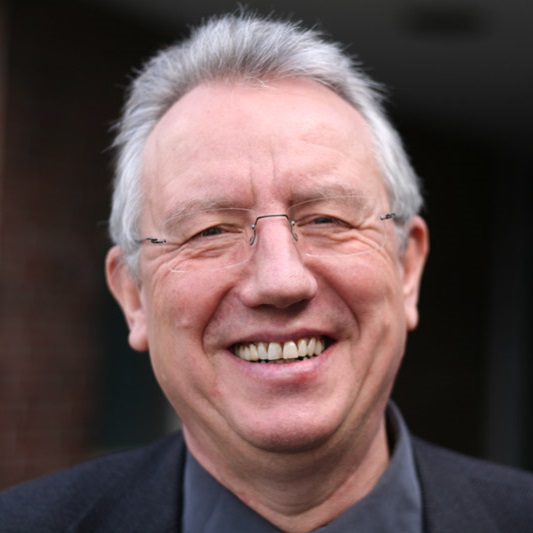
Antonius Schröder
TU Dortmund
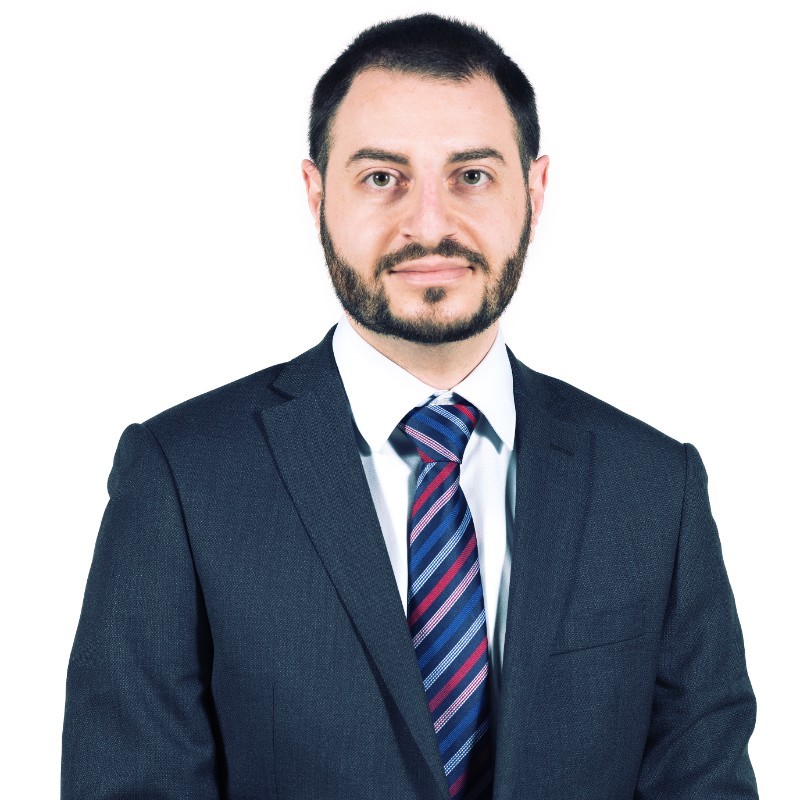
Matteo Fedeli
Infineon Technologies AG
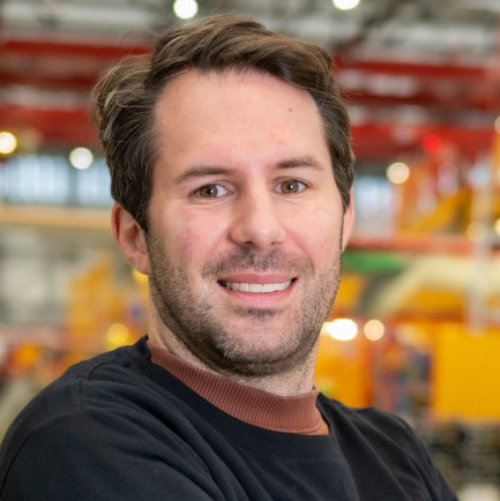
Malte Delventhal
Airbus
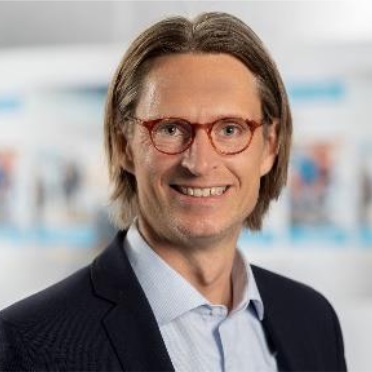
Veit Echterhoff
thyssenkrupp Steel

Iñigo Larrea
MONDRAGON Corporation
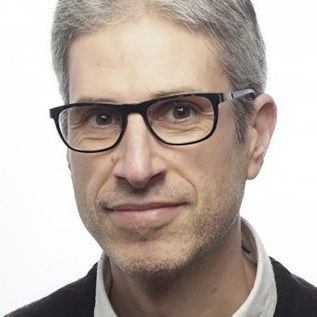
Unai Elorza
Mondragon University
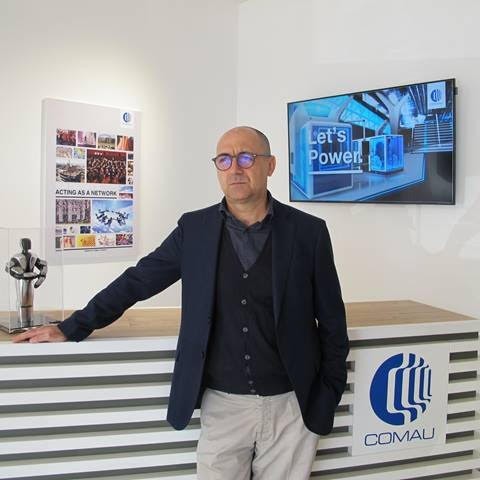
Massimo Ippolito
COMAU

Elisabeth Meidel
Morrow Batteries
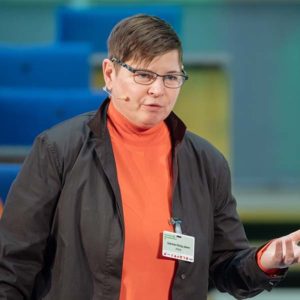
Gabriele König-Jamm
Airbus
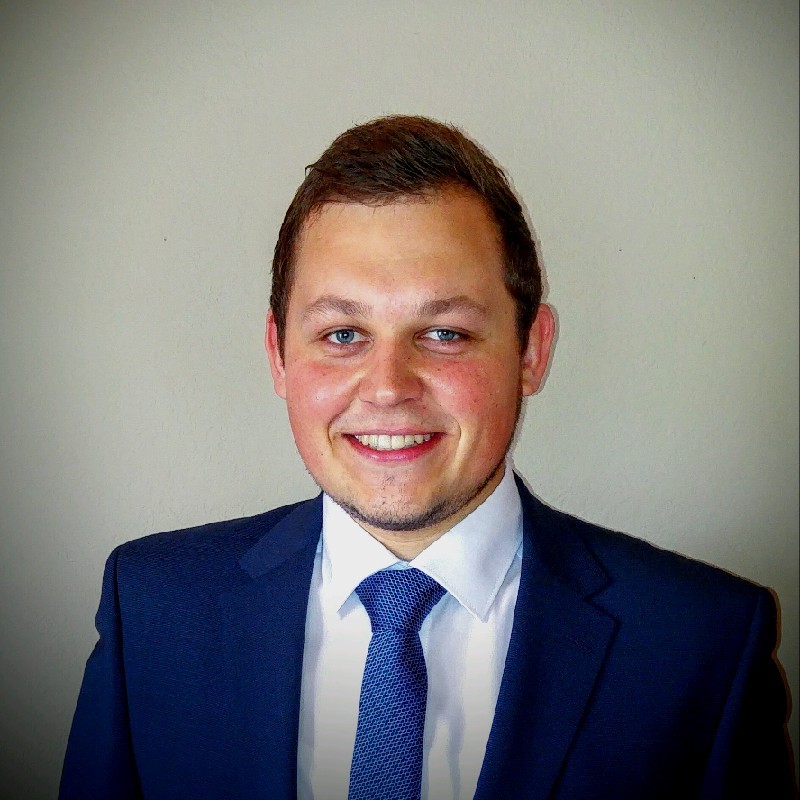
Marco Meyer
Airbus
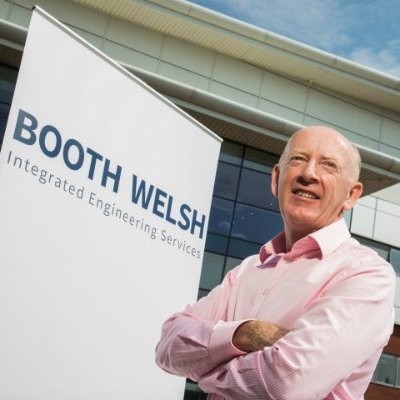
Martin Welsh
Booth Welsh
Stakeholder Board.
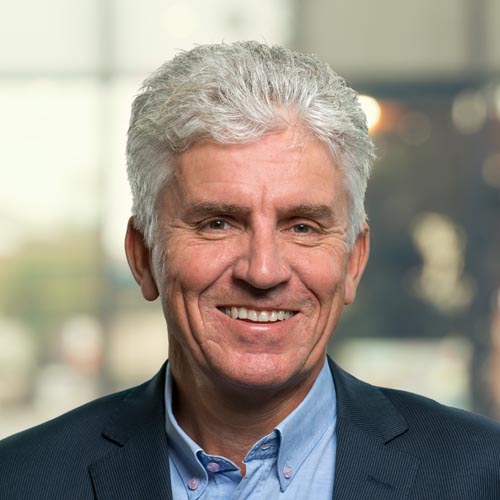
Steven Dhondt
TNO
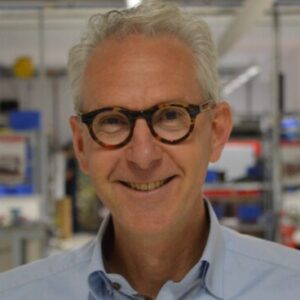
Ton Driessen
EUropean Workplace Innovation Network (EUWIN)

Peter Totterdill
Workplace Innovation Europe

Karolien Lenaerts
KU LEUVEN HIVA

Matteo Fedeli
Infineon Technologies AG

Dunja Suttnig
Infineon Technologies AG
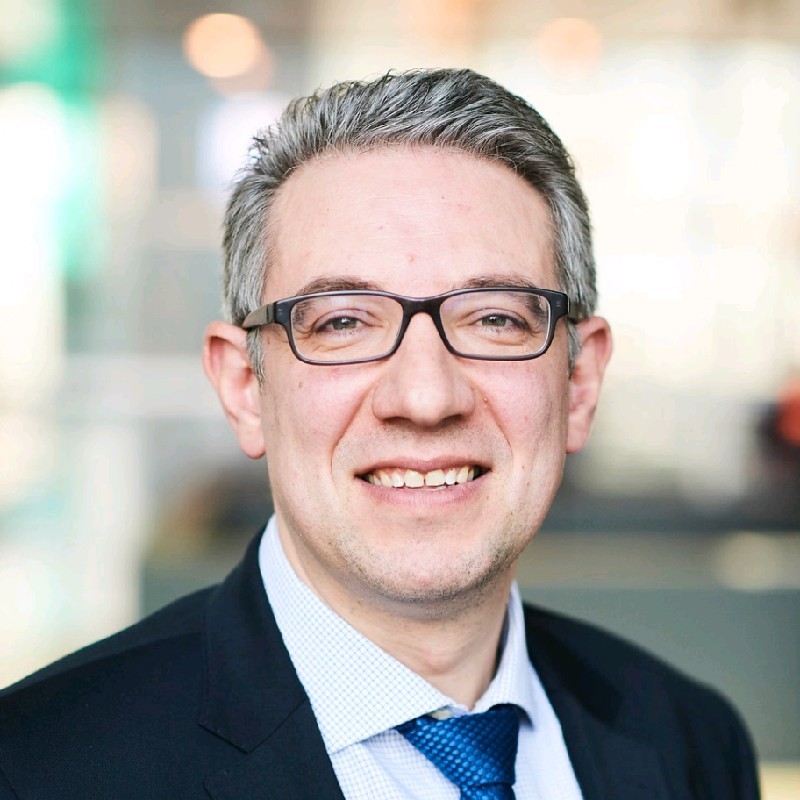
Željko Pazin
EFFRA
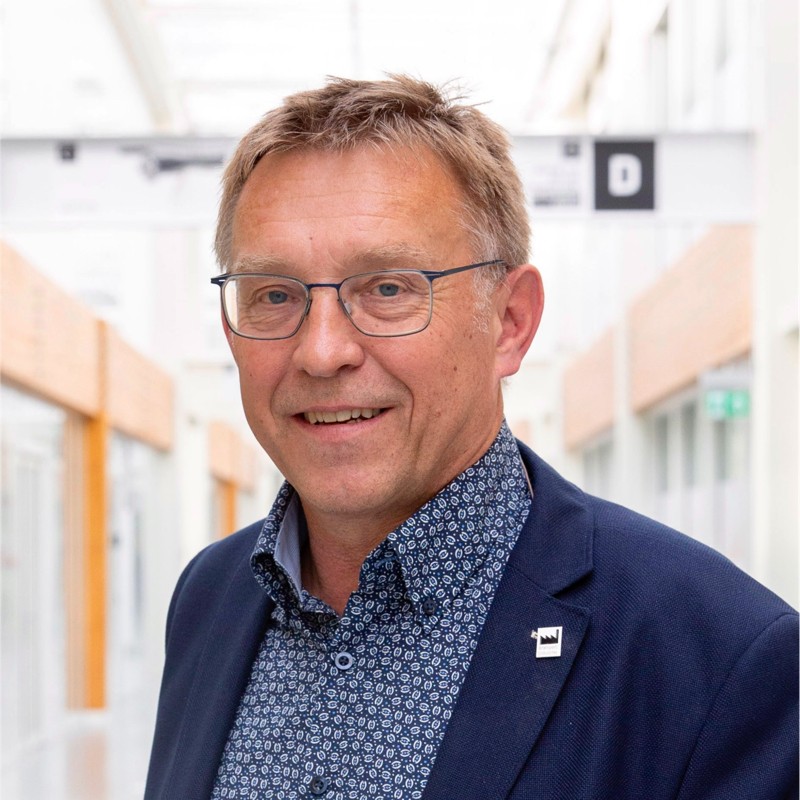
John Blankendaal
Brainport Industries
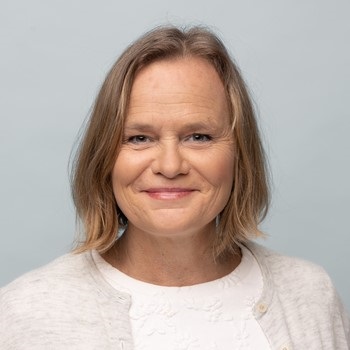
Helene Falch Fladmark
Eyde Cluster

Peter Oeij
TNO
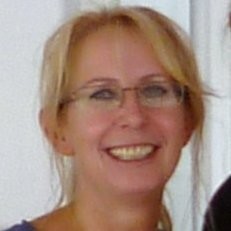
Astrid Klein
TNO
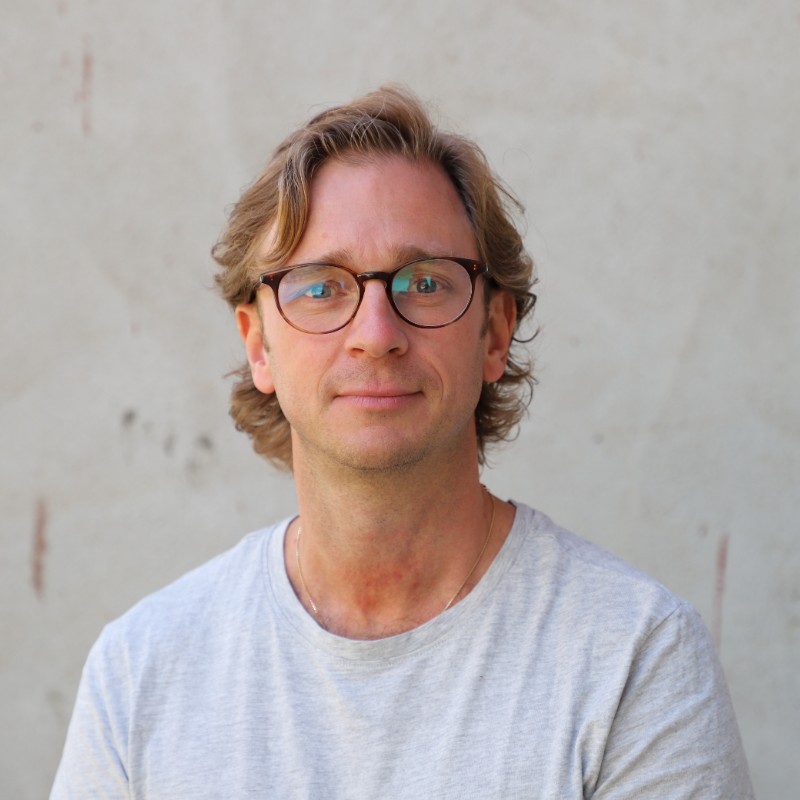
Tore Bersvendsen
Kristiansand kommune

Ségolène Journoud
anact


